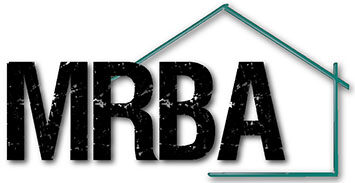2015 Policy Priorities: Codes. Warranties. Appraisals. Workforce Housing.
Codes
Prospective Relief
Statutorily established code promulgations to occur no more regularly than every 6 years.
Establish a 12-month implementation timeframe from official adoption to effective date for enforcement. This will give the state, industry and building officials the time to compile a single source codebook and assemble the materials necessary to educate contractors, inspectors, material suppliers, and subcontractors and then sufficient time to fully educate the industry & regulators.
Provide the codebooks to the public, contractors, material suppliers, and regulators, just as all other state promulgated rules and regulations are (the residential building code is an anomaly). Right now – and for the first time ever – DLI partnered with AMBO to successfully negotiate with ICC to allow the public to access online 5 pages of code at a time – however, as of today, its yet online.
Immediate Relief
Extend effective date of 2015 Minnesota Residential Code out anywhere between 6 and 24 months (with or without sprinklers if sprinklers will kill the extension).
Allow for an Energy Code Simulated Performance Alternative. This is a performance path as alternative to code’s prescriptive approach. Right now it is clear that for certain elements of a home, such as foundation wall insulation, a building official is permitted to approve specific computer software, worksheets, compliance manuals, and other similar materials that meet the intent of this code. If a builder has a HERS Index Rating for a home the software can also generate a code compliance document. We want to make it clear a simulated performance alternative is available for the whole house. This may be a legislative or administrative fix.2
Warranties & Liability
Amend the statutory home warranty and common interest community statutes to close the loopholes that continue to offer lopsided benefits to those suing builders and developers.
Specifically, the liability and loopholes associated with these laws do two things: 1) prevents ownership opportunities in favor of rental units and leaves owners in the dark when it comes to the cloud litigation may leave on title, and 2) allows for plaintiff’s attorneys to bypass the home warranty statute and NOR to sue builders on contract and negligence claims.
Appraisals
Appraisals are one most significant transactional items hindering the housing industry. As a consequence of the Dodd Frank Act and behaviors of appraisal companies, members are reporting an unreasonable amount of time added to the appraisal process and appraisers maybe using lower-value, lower-quality comps that appear to encourage lower-value appraisals.
This issue is driven at the national level. In fact, the state repealed the department of commerce’s real estate appraiser advisory board. BAM is working with our state and national real estate peers and the Department of Commerce to bring normalized appraisal criteria back to the state’s marketplace.
Work Force Housing
Address the critical workforce housing shortage in Minnesota by reducing regulation and prioritizing housing policy.
For too long the state has prioritized “affordable” housing subsidies to the detriment of housing for Minnesota’s mainstream workforce. Policy makers are finally grasping the idea that to keep the economy going and homes affordable across the spectrum of ownership, they need to reduce regulation and encourage meaningful growth mechanisms such as TIF or tax credits in communities struggling to house workers who have good paying jobs.
« Previous Post Next Post »